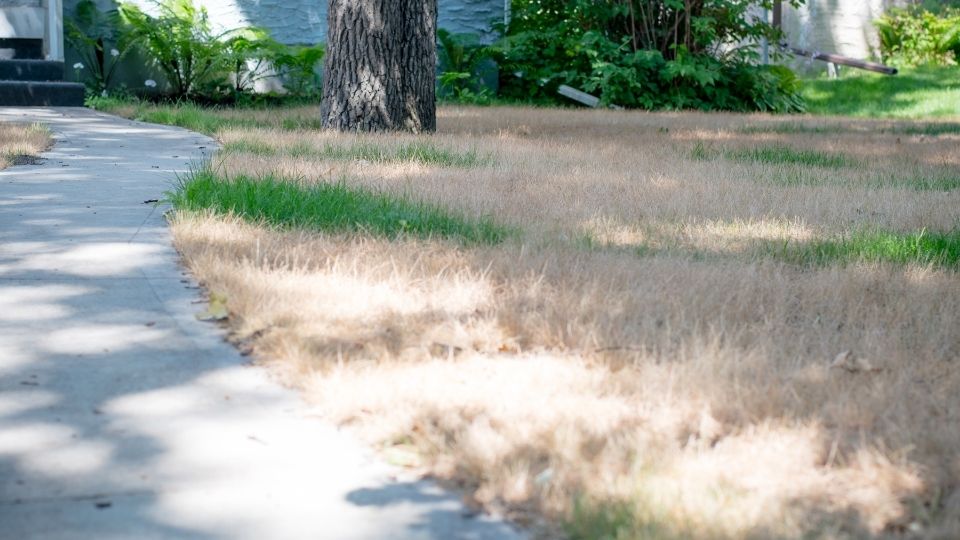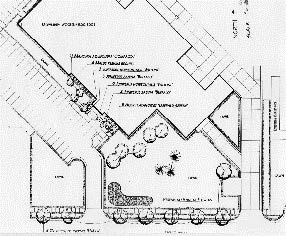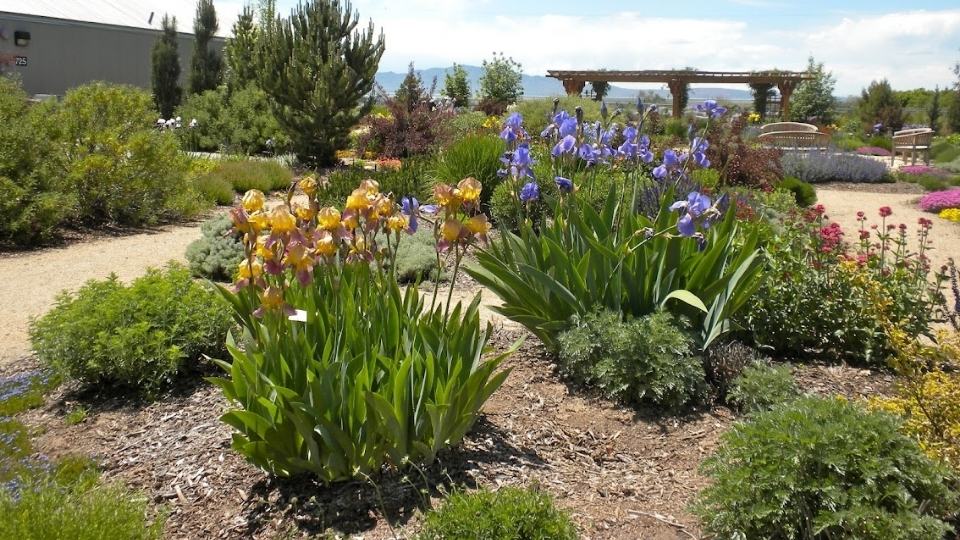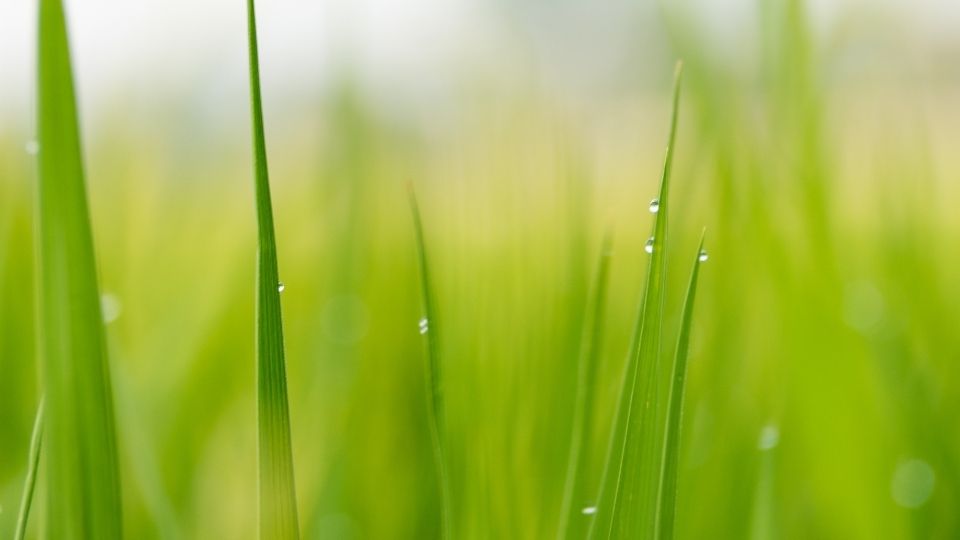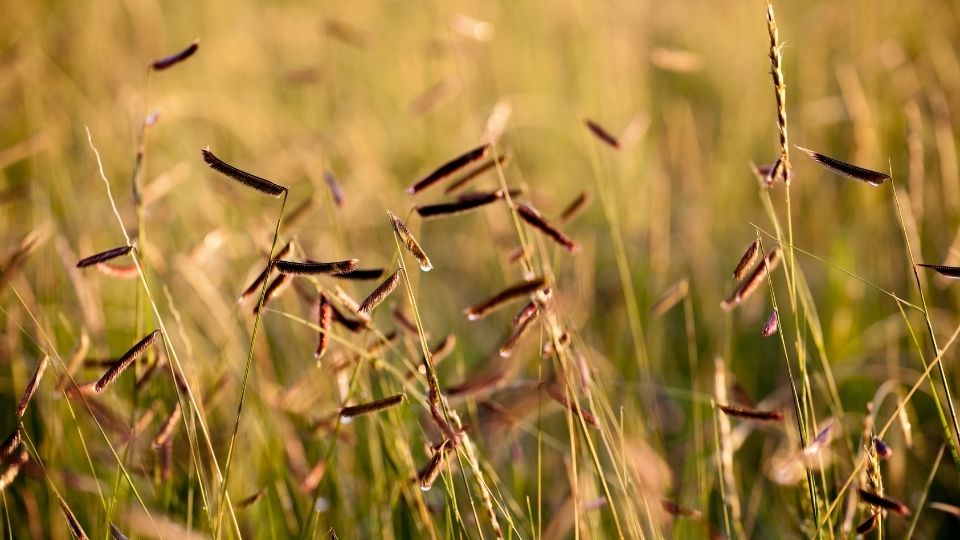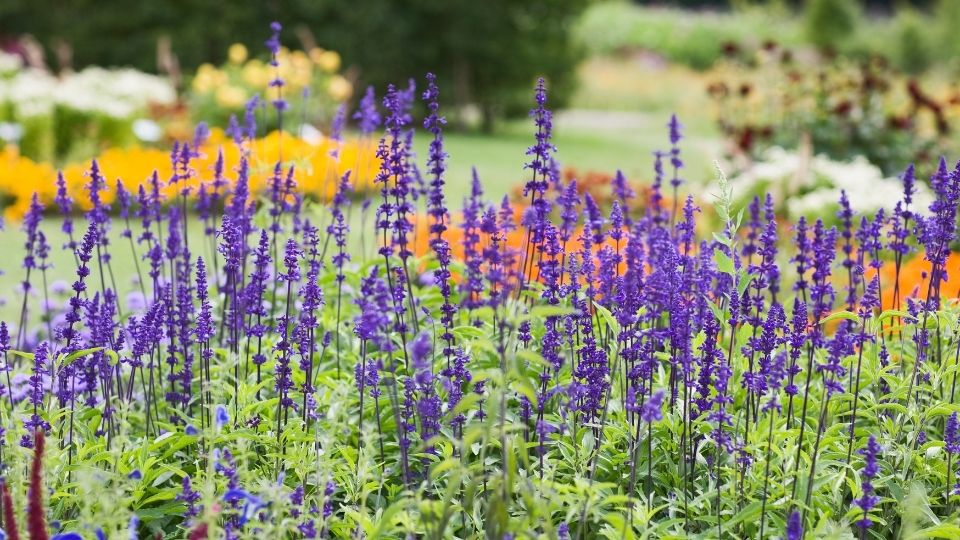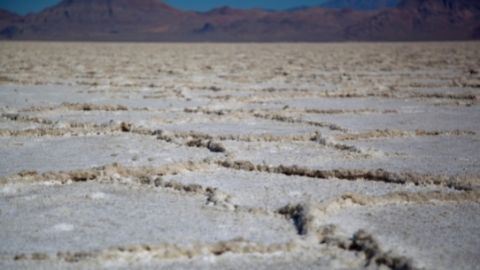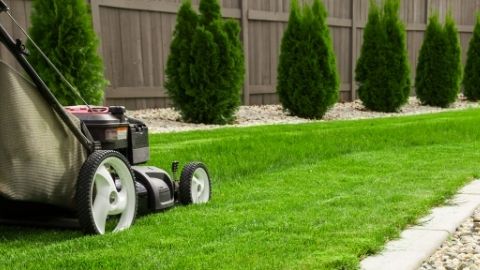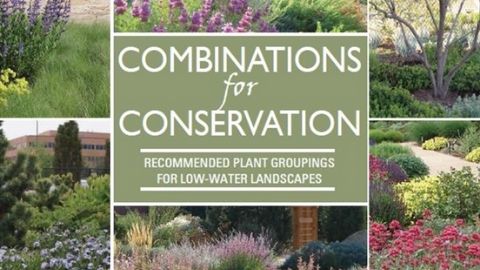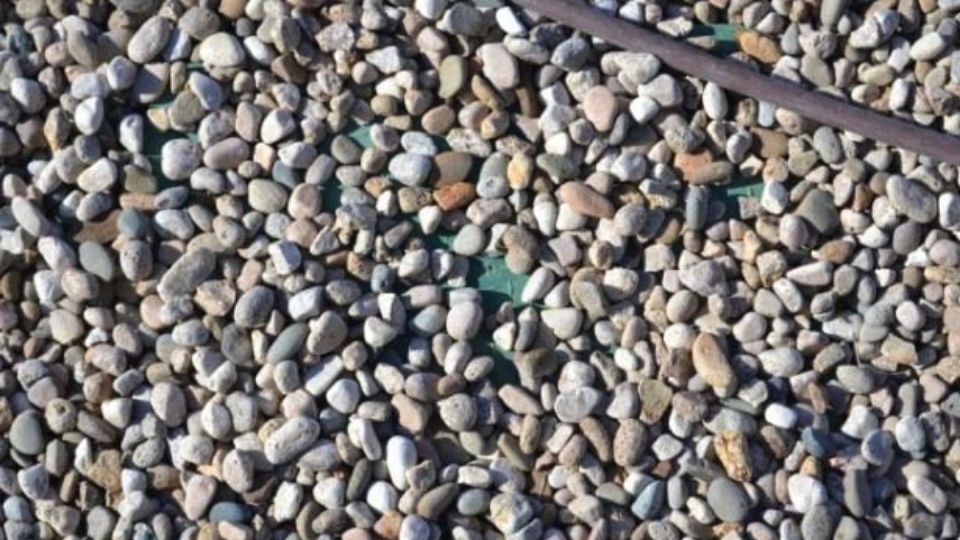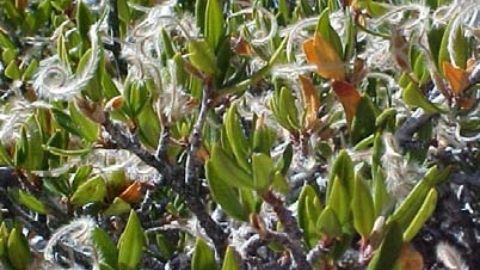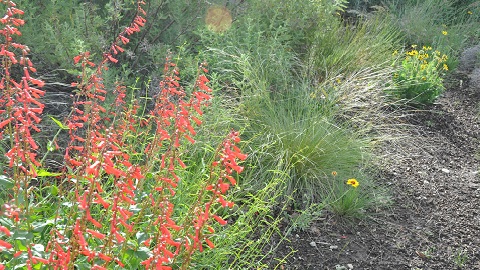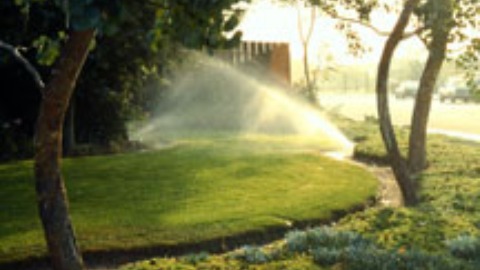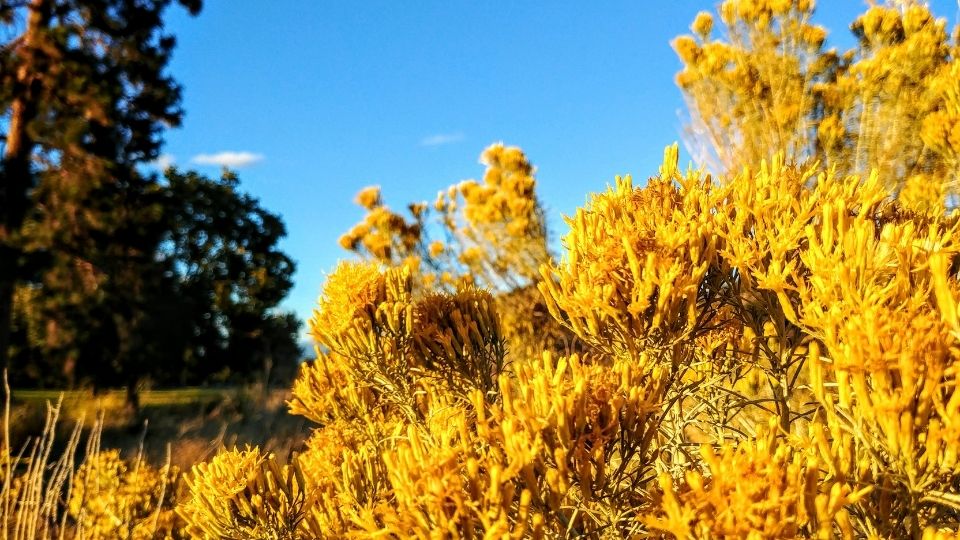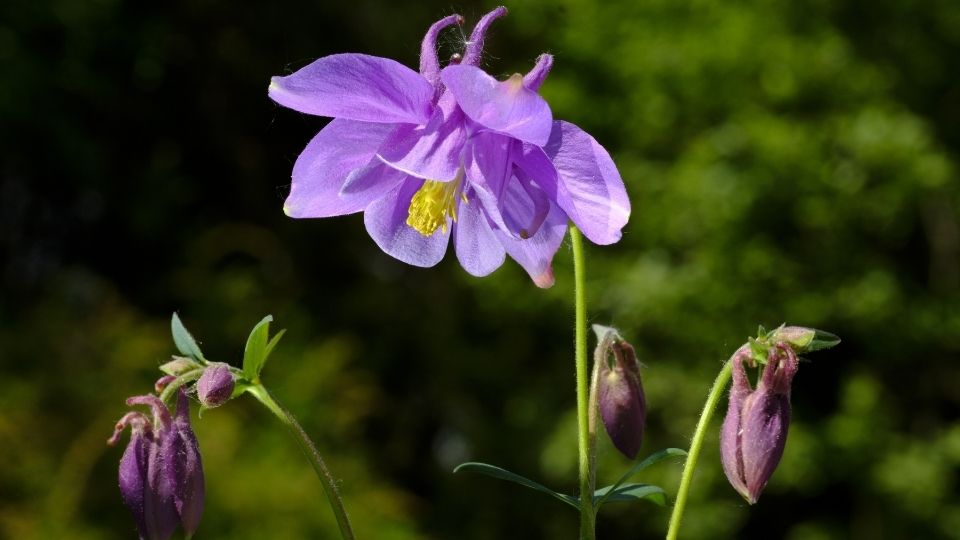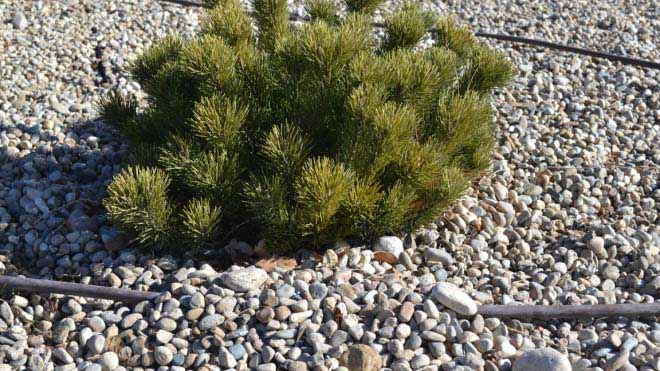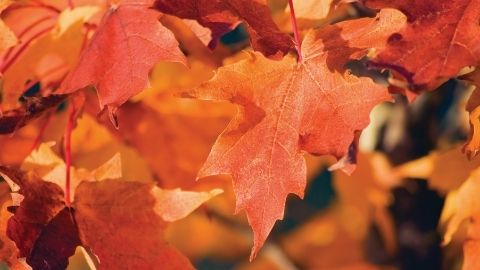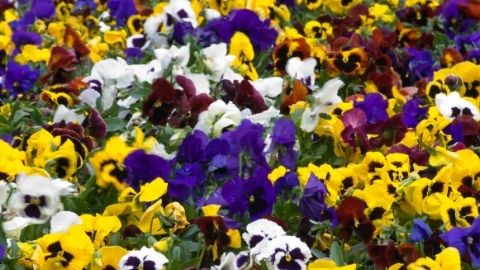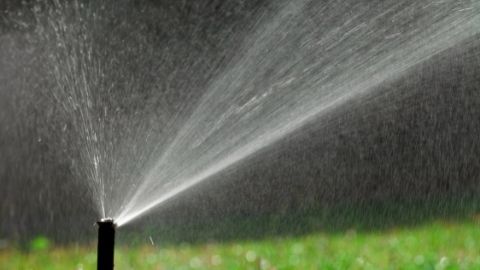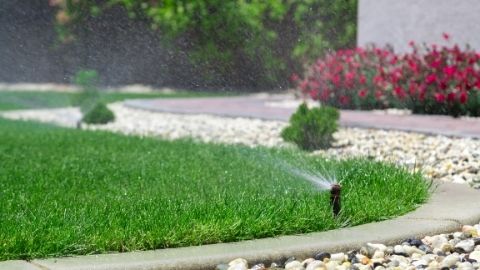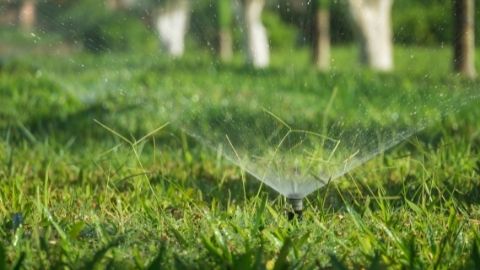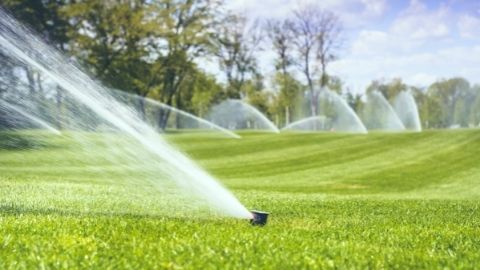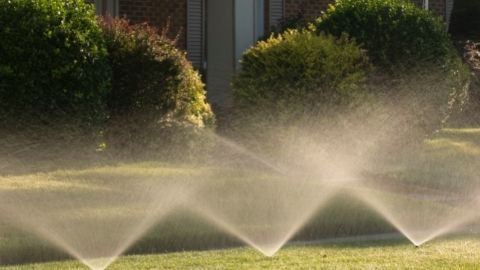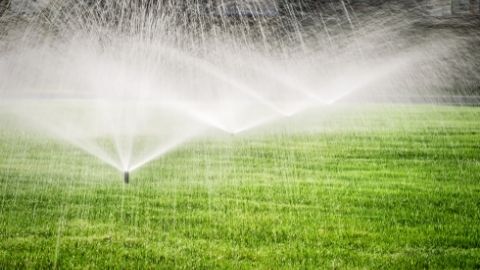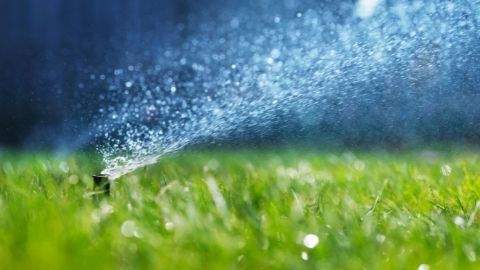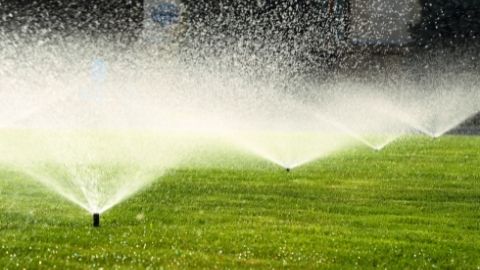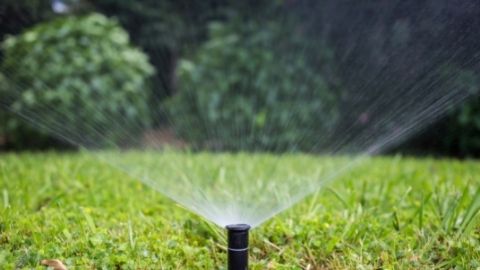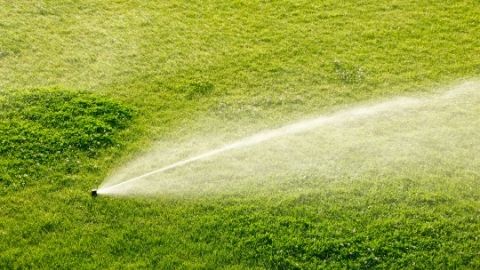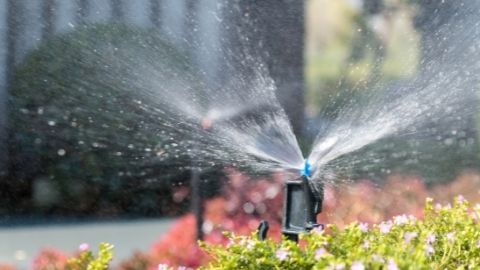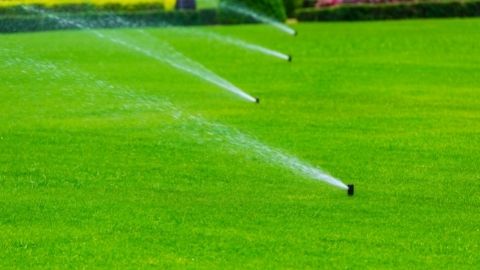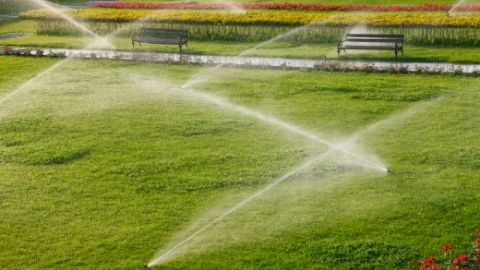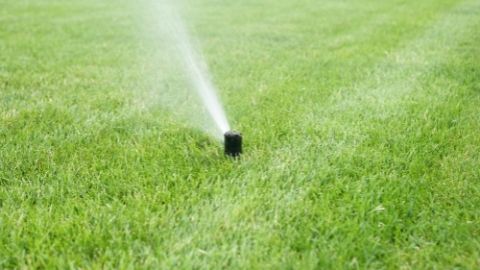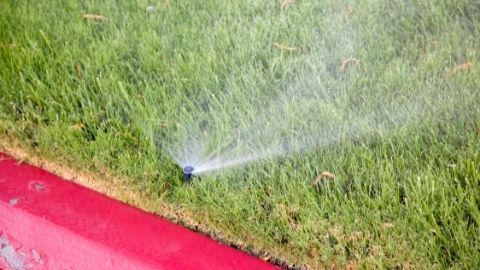Simple Sprinkler Performance Testing for Tooele County
Did you know that the majority of the water used by Utah homeowners is applied to ornamental landscapes as irrigation (Utah Division of Water Resources, 2003)? Our arid climate and low annual precipitation (19 inches of annual rainfall in Tooele County) make supplemental irrigation an essential requirement for many landscape plants. Since landscape irrigation is the single largest residential use of water, efficiently using that water is a very effective way of conserving precious water resources. Irrigating your landscape efficiently means you are doing your part to conserve water for the future, helping to delay costly water development projects, and being a good steward of Utah’s natural resources.
Choosing appropriate plants, grouping them according to water needs, and maintaining them appropriately will help you to irrigate them effectively. However, three simple steps—focused on your irrigation system—will help you to be even more efficient.
- A site inspection,
- A sprinkler performance test, and
- An appropriate irrigation schedule.
Site Inspection
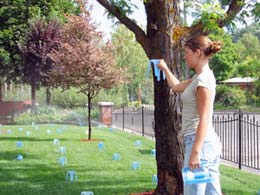
Even the most well-designed landscape irrigation system requires regular maintenance to operate most efficiently and to avoid minor operation and performance problems. Examples of sprinkler problems include misaligned heads, sunken heads, broken or missing heads, heads blocked by plants, and heads that do not pop up or rotate properly. Irrigation systems may also be poorly designed, with inadequate or excessive water pressure or poorly spaced heads, resulting in a lack of water application uniformity. Mixing of head types or brands within a zone when broken heads are replaced can also reduce uniformity. Such problems can result in excessive water use over time and can reduce plant health and quality. The best way to identify such problems is to turn the system on and visually inspect it.
Sprinkler Performance Testing
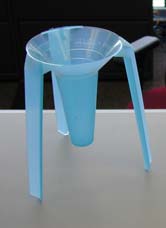
In a well-designed irrigation system, spray and rotor sprinkler heads, along with associated valves, controllers and piping will deliver water in a uniform manner. The more uniformly water is applied to the landscape, the more efficiently it can be managed. However, irrigation systems do not always have efficient designs and sprinklers may not actually operate as specified.
A simple sprinkler performance test using catch cans*, milk cartons or soup cans will help you determine both the water application rate (essential for setting the irrigation time on your controller) and uniformity of application for your irrigation system. Catch cans distributed in a grid pattern across the landscape will measure the amount of water that actually lands on different places in the landscape. Since irrigation systems may use different types and brands of sprinklers in each portion of the landscape, it is important to conduct performance tests for each zone or station in the system.
*** Catch cups are available in USU Extension County offices.
Performance Test Procedure
- Turn on the irrigation system, one zone (station) at a time. Locate and mark sprinkler heads.
- Starting with a zone of your choice, distribute catch cans in a grid pattern across the zone. A good rule of thumb is to place a can near each head (but not obstructing spray) and also halfway in between the heads.
- Turn on the sprinklers in the zone and allow the catch cans to fill to a measurable depth. Make note of the amount of time this takes. Also note that not every can may receive a readable depth of water.
- Using a ruler, read and make note of the depth of water in each catch can, recording these values. In an efficient system, there will be a similar depth of water in each catch can.
- If the depth of water in the catch cans varies considerably, determine which sprinkler heads may require adjustment or maintenance to improve the uniformity of application. See (http://extension.usu.edu/files/publications/factsheet/HG_Irrigation_2004-01.pdf) for more information on how to do this.
- Repeat steps 1-4 until the depth of water in each catch cup is nearly equal. Repeat for each remaining zone on the system.
- You can also determine the precipitation rate of your irrigation system using this formula:
- Precipitation rate (in/hr) = [average catch can depth (in) ÷ run time (min)] × 60 (min/hr)
Irrigation Schedule
The suggested depth of water application for Tooele County is 0.5 inch for each turfgrass irrigation event. Using the precipitation rate you calculated with the catch cup test, determine how many minutes to run the sprinklers in each zone to apply 0.5 inch of water. For example, if you’ve measured a precipitation rate of 1 inch/hour, it will take 30 minutes to apply 0.5 inch.
Now that you know how long to run your sprinklers to apply an adequate depth of water, use the schedule below to determine how often to run your sprinklers. The number of days in between irrigations will vary over the course of the growing season in response to temperature and precipitation changes and this schedule reflects those changes.
| Irrigation Schedule | |
|---|---|
| Month | Interval |
| March | Once every 12 days |
| April | Once every 6 days |
| May | Once every 4 days |
| June | Once every 3 days |
| July | Once every 3 days |
| August | Once every 3 days |
| September | Once every 5 days |
| October 1 until shutdown | Once every 9 days |
This schedule is based on average climate data over the past 30 years. Because it is based on an average, in extremely wet years it will provide too much irrigation and in extremely dry years, it will provide too little. However, it is a good baseline schedule from which to begin.
Performing this simple sprinkler performance test and utilizing the suggested irrigation schedule will help you irrigate your landscape efficiently. Irrigating your landscape efficiently means you are doing your part to conserve water for the future and being a good steward of Utah’s natural resources.
References
- Kopp, Kelly, and Jennie Hoover. 2004. Irrigation System Maintenance. USU Extension Publication No. HG/Irrigation/2004/01. Available for download at: http://extension.usu.edu/files/factsheets/irrigation.html.
- Utah Division of Water Resources. 2003. Utah’s M&I water conservation plan: investing in the future. 21 Feburary 2011. <http://www.water.utah.gov/M&I/plan7-14-03.pdf>.
Authors
Kelly Kopp, Niel Allen and Linden Greenhalgh
Related Research






